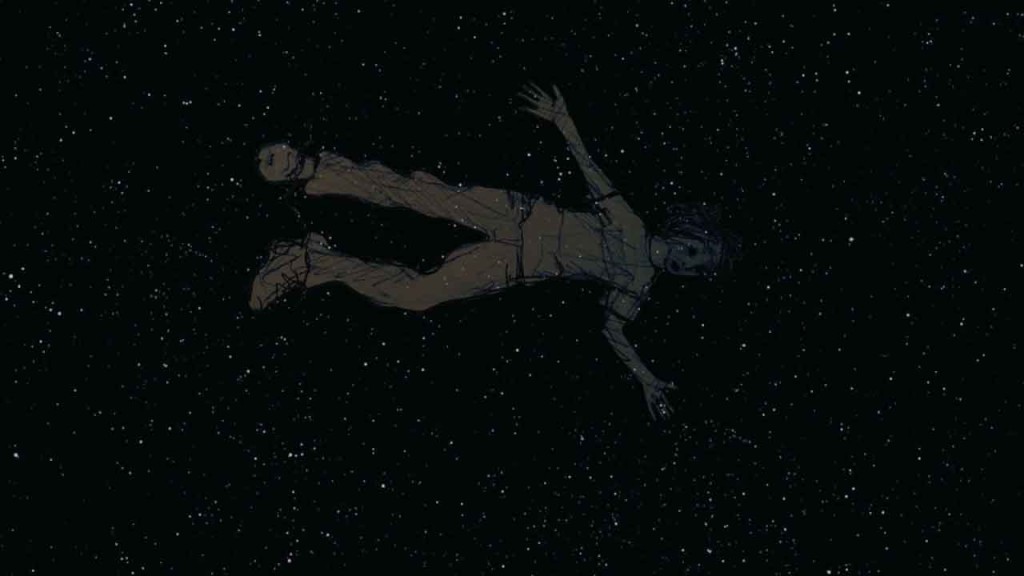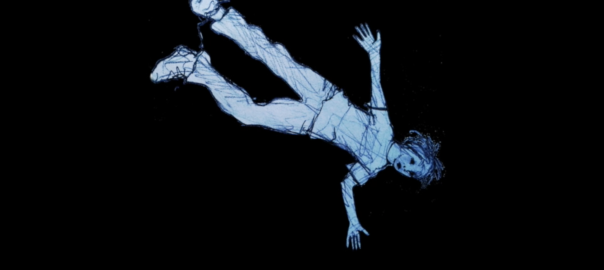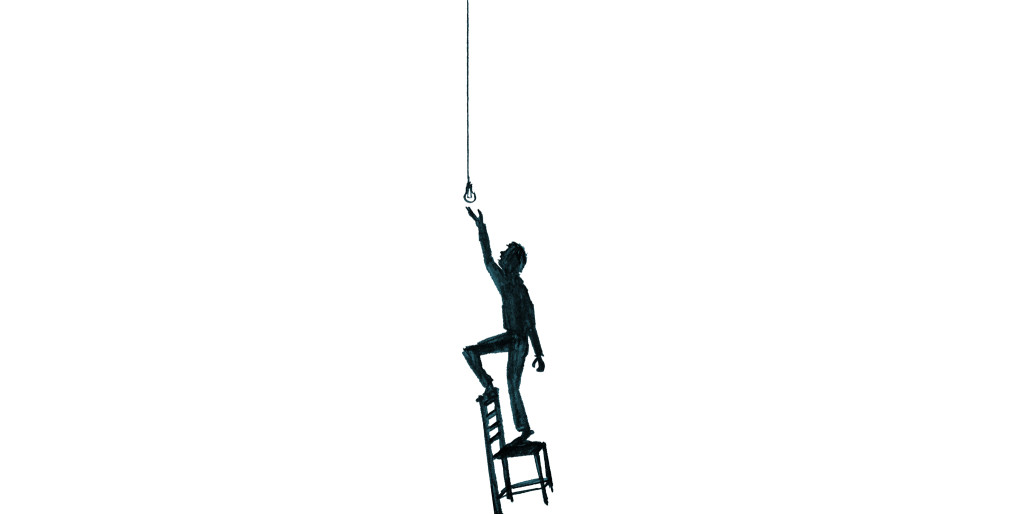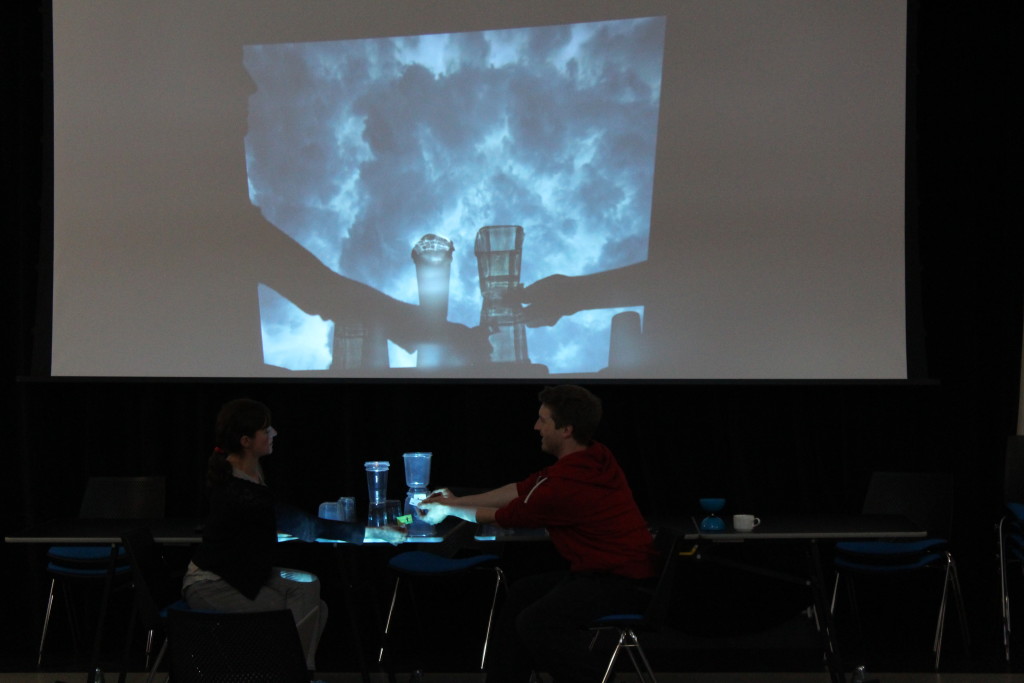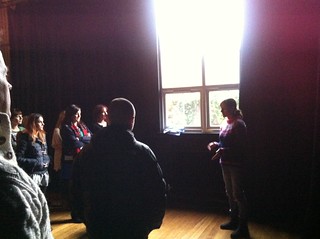Mae We Made This ar fin dechrau creu gwaith newydd, The Girl With Incredibly Long Hair, ac yn chwilio am berfformwyr i ymuno â ni am dair wythnos ym mis Medi yn ein proses Ymchwil a Datblygu.
Mae The Girl With Incredibly Long Hair yn waith trochol, uchelgeisiol ar gyfer cynulleidfaoedd ifanc. Mae’n canolbwyntio ar adrodd stori Rapunzel yn ein hoes ni, lle nad ydym yn disgwyl i’r ferch gael ei harbed gan y bachgen, gyda’r cymeriadau benywaidd yn llunio eu tynged eu hunain. Ysbrydolwyd y prosiect hwn gan ein profiadau o adrodd straeon i’n plant ein hunain a’r awch i brofi theatr o safon uchel, sydd ddim yn parhau gyda’r stereoteipiau rhywiaethol.
Rydym yn chwilio am dri o berfformwyr (2 fenyw / 1 gwryw) sy’n gyfforddus wrth ddyfeisio, cydweithio ac sydd eisiau creu gwaith ar gyfer plant. Rydym eisiau unigolion sy’n barod i ganu, dawnsio, gwneud synau âg offeryn, animeiddio gwrthrychau, arbrofi a chwarae.
Bydd y cyfnod datblygu o Fedi 11-29 yng Nghaerdydd a’r Coed Duon, a bydd perfformwyr yn cael eu talu £500 yr wythnos.
Os oes gennych ddiddordeb, anfonwch CV a llun, neu linc i’ch tudalen Spotlight i hello@wemadethis.org.uk erbyn Gorffennaf 24ain.
Dyma gynhyrchiad gan We Made This, mewn partneriaeth â Sefydliad y Glöwyr Coed Duon a Canolfan Mileniwm Cymru, a chymorth gan Gyngor Celfyddydau Cymru, Y Loteri Genedlaethol, Llywodraeth Cymru a Creu Cymru.
We Made This are starting to make a new piece The Girl with Incredibly Long Hair, and are looking for performers to join us in a three week R&D this September.
The Girl with Incredibly Long Hair is an ambitious immersive work for young audiences. It takes the story of Rapunzel and reimagines it for our times, where we don’t expect the girl to need saving by the boy, and in which female characters can shape their own destiny. This project is inspired by our experiences of telling stories to our own children and wanting them to experience high quality theatre, which doesn’t perpetuate sexist stereotypes.
We’re looking for three performers (2 female/ 1 male) who are comfortable devising, working collaboratively and who want to make work for children. We want people who are willing to sing, dance, make noises with an instrument, animate objects, experiment and play.
The development period will be from 11-29 September, in Cardiff and Blackwood, and performers will be paid £500 per week.
If you’re interested, please send an acting CV and headshot – or a link to your spotlight page to hello@wemadethis.org.uk by July 24th
The Girl with Incredibly Long Hair is a We Made This production in partnership with Blackwood Miners Institute and Wales Millennium Centre, with support from Arts Council of Wales, National Lottery, Welsh Government & Creu Cymru.


